Are you tired of crafting the perfect email campaign only to have it end up in the spam folder? You’re not alone. Many businesses struggle to get their messages seen by their target audience.

Effective email marketing strategies are crucial in today’s digital landscape. With the average person receiving numerous emails daily, it’s becoming increasingly difficult to stand out.
By implementing the right techniques, you can significantly improve your email’s visibility and engagement.
Table of Contents
Why Your Marketing Emails End Up in Spam Folders
The phenomenon of marketing emails being diverted to spam folders is a pressing concern for digital marketers. Understanding the reasons behind this issue is crucial for devising effective strategies to improve email deliverability best practices.
Several factors contribute to emails being marked as spam. These can be broadly categorized into technical and content-related triggers.
Common Triggers for Spam Filters
Technical Triggers
Technical triggers include issues such as misconfigured email servers, lack of authentication protocols like SPF and DKIM, and poor IP reputation. Ensuring that your email infrastructure is properly set up is a key spam filter prevention technique.
Content-Related Triggers
Content-related triggers involve the use of certain keywords, phrases, and formatting styles that are commonly associated with spam emails. Avoiding trigger words and maintaining a balanced text-to-image ratio can help mitigate this risk.
The Cost of Poor Email Deliverability
Poor email deliverability can have significant consequences for businesses.
Financial Impact
The financial impact includes lost sales and revenue due to emails not reaching the intended audience. A study on email marketing metrics can illustrate the potential financial losses.
| Email Deliverability Rate | Potential Revenue Loss |
|---|---|
| 90% | 10% |
| 80% | 20% |
| 70% | 30% |
Brand Reputation Consequences
Repeatedly landing in spam folders can also damage a brand’s reputation, leading to decreased customer trust and loyalty. Implementing email deliverability best practices is essential to maintaining a positive brand image.
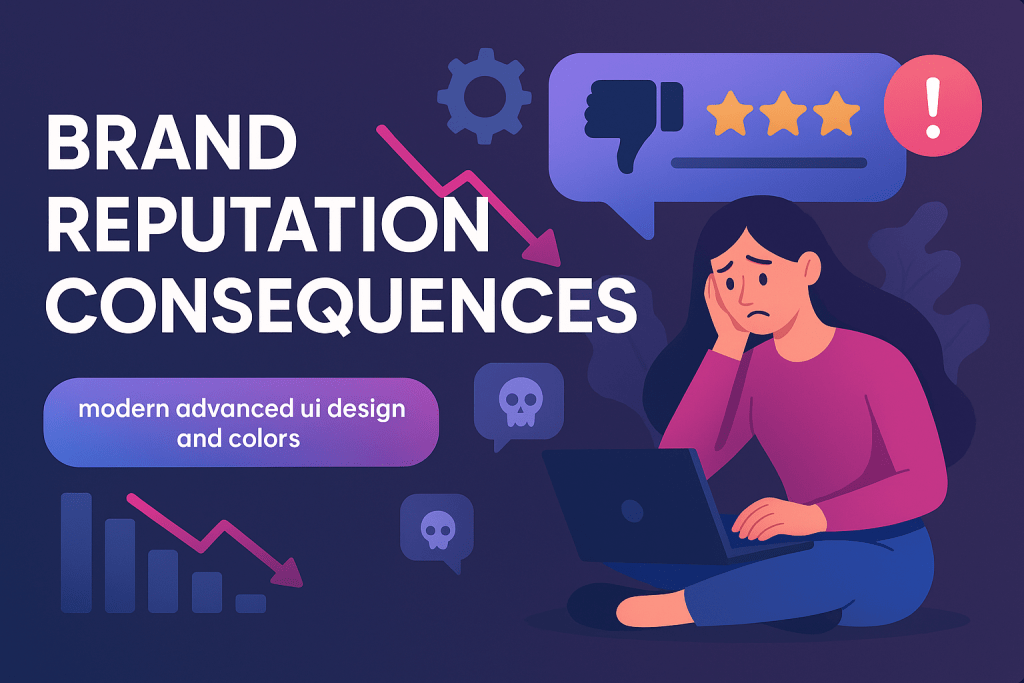
Understanding How Spam Filters Work
Understanding the intricacies of spam filters is crucial for improving inbox placement and ensuring that marketing emails reach their intended audience. Spam filters are complex systems that use various criteria to distinguish between legitimate emails and spam.
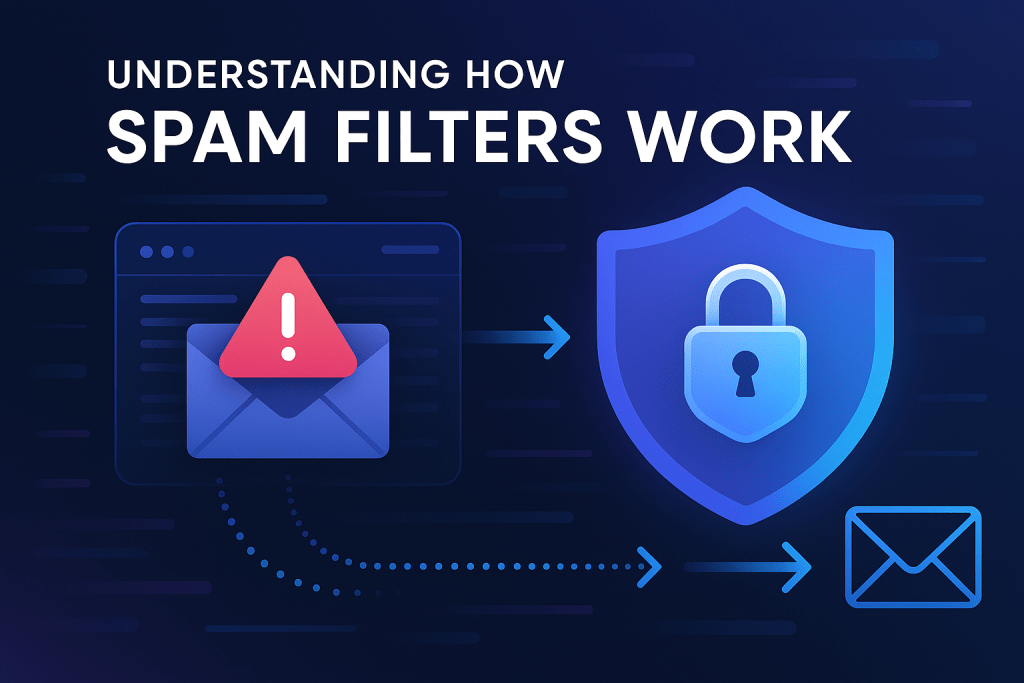
Content-Based Filtering Mechanisms
Content-based filtering mechanisms analyze the content of emails to determine their legitimacy. This involves examining the email’s content for suspicious keywords, phrases, and other red flags.
Keyword Analysis
Keyword analysis is a critical component of content-based filtering. Spam filters look for specific keywords and phrases commonly associated with spam emails, such as “free” or “urgent.”
HTML Structure Evaluation
The HTML structure of an email is also evaluated. Spam filters check for poorly formatted HTML, hidden text, and other indicators of spammy content.
Sender Reputation Filtering
Sender reputation filtering is another crucial aspect of spam filtering. This involves assessing the reputation of the sender based on various factors.
IP Reputation Factors
The IP address of the sender is a significant factor in determining their reputation. Spam filters check if the IP address has been blacklisted or has a history of sending spam.
Domain Reputation Elements
The domain reputation is also evaluated. Factors such as the age of the domain, its history, and the presence of email authentication strategies like SPF and DKIM play a role in determining the sender’s reputation.
User Engagement Metrics
User engagement metrics provide valuable insights into how recipients interact with emails. These metrics help spam filters determine the legitimacy of emails.
Open Rates Impact
Open rates are a significant indicator of user engagement. Low open rates can negatively impact the sender’s reputation and increase the likelihood of emails being marked as spam.
Click-Through Behavior
Click-through behavior is another important metric. Spam filters analyze whether recipients engage with the content of emails by clicking on links.
Marketing Email Land on Spam Solutions: A Comprehensive Approach
To optimize email content for spam filters, marketers must adopt a comprehensive strategy that encompasses both technical and content-based solutions. This multi-faceted approach is crucial for ensuring that marketing emails reach their intended audience.
A comprehensive strategy involves understanding the intricacies of spam filters and the factors that influence email deliverability. By addressing these factors, marketers can significantly improve the chances of their emails landing in the inbox rather than the spam folder.
Technical Solutions
Technical solutions play a vital role in preventing marketing emails from being flagged as spam. Two key aspects of technical solutions are server configuration best practices and email service provider selection.
Server Configuration Best Practices
Proper server configuration is essential for email deliverability. This includes setting up reverse DNS, ensuring SPF (Sender Policy Framework) records are correctly configured, and implementing DKIM (DomainKeys Identified Mail) authentication. These measures help establish the credibility of the sender and reduce the likelihood of emails being marked as spam.
Email Service Provider Selection
Choosing the right email service provider (ESP) is critical. A reputable ESP can provide advanced deliverability features, such as dedicated IP addresses and detailed analytics. When selecting an ESP, consider factors like their reputation, deliverability rates, and customer support.

Content-Based Solutions
Content-based solutions are equally important in optimizing email deliverability. This includes writing spam-free copy and incorporating design elements that improve deliverability.
Writing Spam-Free Copy
Crafting email content that avoids common spam triggers is vital. This involves using clear and concise subject lines, avoiding overuse of keywords, and ensuring the email body is relevant and engaging. Personalization and segmentation can also enhance the effectiveness of email content.
Design Elements That Improve Deliverability
The design of the email can also impact deliverability. Balancing text and images, using clear and visible calls-to-action, and ensuring mobile-friendliness are crucial. A well-designed email not only improves user engagement but also reduces the likelihood of being flagged as spam.
Implementing Email Authentication Protocols
Email authentication protocols such as SPF, DKIM, and DMARC are vital components of a comprehensive email marketing strategy. These protocols help verify the authenticity of your emails, improving deliverability and reducing the risk of being flagged as spam.
Setting Up SPF Records
Sender Policy Framework (SPF) records are used to specify which IP addresses are allowed to send emails on behalf of your domain. Setting up SPF records correctly is crucial for preventing spammers from sending emails that appear to come from your domain.
SPF Record Syntax
SPF records are defined using a specific syntax that includes mechanisms and modifiers. For example, “v=spf1 a mx ip4:192.0.2.1 -all” allows the domain’s A record and MX record to send emails, as well as the specified IP address.
Common SPF Implementation Mistakes
Common mistakes include exceeding the DNS lookup limit and not including all relevant IP addresses. Ensuring that your SPF record is correctly formatted and comprehensive is key to its effectiveness.
Implementing DKIM Authentication
DomainKeys Identified Mail (DKIM) adds a digital signature to your emails, which email providers can verify to ensure the email hasn’t been tampered with during transit.
DKIM Key Generation
To implement DKIM, you need to generate a public-private key pair. The public key is published in your DNS records, while the private key is used to sign your emails.
DNS Record Configuration
The public DKIM key is stored in a TXT record in your DNS. The record name typically follows the format “selector._domainkey.yourdomain.com”.
Configuring DMARC Policies
Domain-based Message Authentication, Reporting, and Conformance (DMARC) allows you to specify how email receivers should handle unauthenticated emails that appear to come from your domain.
Policy Options Explained
DMARC policies can be set to “none”, “quarantine”, or “reject”. The policy you choose depends on your organization’s security posture and email practices.
Monitoring DMARC Reports
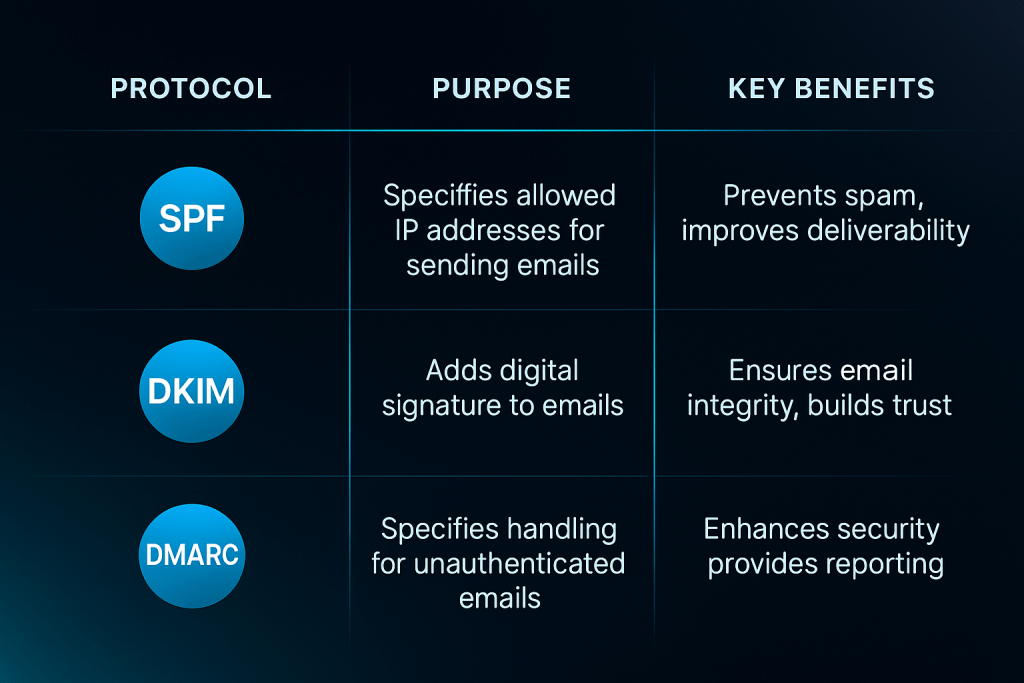
DMARC provides reporting capabilities that help you monitor authentication results and identify potential issues. Regularly reviewing these reports is essential for maintaining email deliverability.
| Protocol | Purpose | Key Benefits |
|---|---|---|
| SPF | Specifies allowed IP addresses for sending emails | Prevents spam, improves deliverability |
| DKIM | Adds digital signature to emails | Ensures email integrity, builds trust |
| DMARC | Specifies handling for unauthenticated emails | Enhances security, provides reporting |
Optimizing Email Content to Bypass Spam Filters
To ensure your marketing emails reach their intended audience, it’s crucial to optimize your email content to bypass spam filters. This involves a combination of strategies that focus on the content itself, as well as how it’s presented to the recipient.
Avoiding Trigger Words and Phrases
Certain words and phrases can trigger spam filters, causing your emails to be flagged as unwanted. It’s essential to be aware of these triggers and adjust your content accordingly.
Financial Terms to Use Carefully
Terms related to financial transactions, such as “free,” “discount,” and “limited time offer,” can be spam triggers if not used carefully. Consider using alternative phrases that convey the same message without raising red flags.
Alternative Phrasing Strategies
Instead of using overtly promotional language, focus on crafting messages that are engaging and relevant to your audience. For example, using “exclusive offer” instead of “limited time offer” can help avoid triggering spam filters.
Balancing Text-to-Image Ratio
The balance between text and images in your email is crucial. Too many images can trigger spam filters, while too much text can make your email appear cluttered.
Optimal Ratios for Different Industries
Different industries may have different optimal text-to-image ratios. For instance, a retail email might include more images than a newsletter from a financial institution.
Alt Text Best Practices
Using descriptive alt text for images can help improve the accessibility of your emails and provide context when images are blocked. Ensure your alt text is concise and relevant.
Creating Engaging Subject Lines That Don’t Trigger Spam
Crafting subject lines that are both engaging and spam-filter friendly is a delicate balance. Avoid using all caps, excessive punctuation, and spam trigger words.
Subject Line Length Considerations
Keep your subject lines concise. Aim for a length that is long enough to be informative but short enough to avoid being truncated on mobile devices.
Personalization Without Spam Triggers
Personalizing your subject lines can increase engagement, but be cautious not to use spam trigger words or overly promotional language. Using the recipient’s name in a natural way can be effective.
Technical Best Practices for Email Deliverability
Technical best practices play a significant role in enhancing email deliverability and preventing emails from landing in spam folders. By implementing these practices, marketers can significantly improve the chances of their emails reaching their target audience.
Using Dedicated IP Addresses
Dedicated IP addresses can greatly enhance email deliverability by allowing senders to have full control over their sending reputation. This is particularly beneficial for high-volume senders.
When to Invest in Dedicated IPs
You should consider investing in a dedicated IP when you have a large and established email list and are sending a high volume of emails regularly. This helps in maintaining a good sender reputation.
Managing Multiple IPs
Managing multiple IPs requires careful planning and monitoring. It’s essential to segment your email lists and assign specific IPs to different segments to maintain a good reputation across all IPs.
Proper Email Infrastructure Setup
A well-configured email infrastructure is crucial for good deliverability. This includes setting up the right DNS configurations and ensuring reverse DNS is properly set up.
DNS Configuration Essentials
Proper DNS configuration involves setting up SPF, DKIM, and DMARC records. These records help in authenticating your emails and improving deliverability.
Reverse DNS Setup
Reverse DNS setup involves configuring your IP address to point to your domain name. This helps in establishing a legitimate sender identity and improves deliverability.
Building and Maintaining a Strong Sender Reputation
Building a strong sender reputation is essential for maximizing email deliverability and engagement. A strong sender reputation indicates to email service providers that you are a trustworthy sender, reducing the likelihood of your emails being flagged as spam.
Warming Up New IP Addresses
Warming up new IP addresses is a critical step in establishing a strong sender reputation. This process involves gradually increasing the volume of emails sent from a new IP address to prevent sudden spikes that might trigger spam filters.
Gradual Volume Increase Strategy
A gradual volume increase strategy helps email service providers recognize your IP address as legitimate. Start with a small volume and incrementally increase it over time.
Segment Selection for Warm-up
Selecting the right segment for warm-up is crucial. Begin with engaged subscribers to ensure positive interactions and gradually move to less engaged segments.
Consistent Sending Patterns
Maintaining consistent sending patterns is vital for a strong sender reputation. Email service providers favor senders with predictable sending behaviors.
Establishing Sending Frequency
Establishing a consistent sending frequency helps in building trust. Whether you send emails daily or weekly, maintaining this frequency is key.
Volume Consistency Benefits
Consistency in email volume helps avoid sudden spikes that might be flagged as suspicious. It also aids in maintaining a stable sender reputation.
Monitoring Blacklists
Regularly monitoring blacklists is essential to ensure your IP address or domain hasn’t been blacklisted. Being listed on a blacklist can severely impact your email deliverability.
Popular Blacklists to Watch
Keep an eye on popular blacklists such as Spamhaus and SURBL. Regular checks can help you identify and address potential issues early.
Blacklist Removal Procedures
If you find yourself on a blacklist, follow the removal procedures promptly. Most blacklists provide a process for delisting once the issue is resolved.
| Best Practices | Description | Benefits |
|---|---|---|
| Warming Up New IP Addresses | Gradually increase email volume from new IPs | Prevents spam filters from flagging your emails |
| Consistent Sending Patterns | Maintain a predictable sending schedule | Builds trust with email service providers |
| Monitoring Blacklists | Regularly check if your IP or domain is blacklisted | Ensures deliverability and avoids being flagged as spam |
List Hygiene: Managing Your Subscriber Database
A well-maintained subscriber list is the backbone of a successful email marketing strategy, directly impacting deliverability and engagement. Effective list hygiene involves regular cleaning and maintenance to ensure that your emails reach the right audience.
Regular List Cleaning Practices
Regular list cleaning is essential for reducing email bounce rates and improving overall deliverability. This involves identifying and removing subscribers who are no longer active or engaged.
Identifying Inactive Subscribers
Identifying inactive subscribers is a critical step in list cleaning. This can be done by tracking engagement metrics such as opens, clicks, and responses over a specific period.
Re-engagement Campaigns
Before removing inactive subscribers, consider running re-engagement campaigns to revive their interest. These campaigns can help win back subscribers who may have lost interest over time.
Permission-Based Email Marketing
Permission-based email marketing is crucial for maintaining a healthy subscriber list. It ensures that subscribers have opted-in to receive emails from your brand.
Double Opt-in Implementation
Implementing double opt-in processes can significantly improve list quality. This involves verifying subscribers’ email addresses through a confirmation email before adding them to your list.
Preference Centers for Subscribers
Providing preference centers allows subscribers to manage their email preferences, including frequency and content type. This can help reduce complaints and improve engagement.
Strategies to Reduce Email Bounce Rates
Email bounce rates can significantly impact your marketing efforts, making it essential to implement strategies to reduce them. A bounce occurs when an email cannot be delivered to the recipient’s inbox.
Handling Hard Bounces
Hard bounces are permanent failures due to invalid email addresses. To handle them effectively:
Immediate Removal Protocols
Remove hard bounces from your list immediately to prevent further damage to your sender reputation.
Bounce Analysis for Prevention
Analyze bounce messages to identify patterns and adjust your email list acquisition strategies accordingly.
Addressing Soft Bounces
Soft bounces are temporary failures, often due to a full mailbox or server issues. To address them:
Retry Strategies
Implement a retry strategy for soft bounces, allowing a reasonable timeframe for the issue to resolve.
When to Remove Soft Bounces
Monitor soft bounces and remove them if they persist over time, indicating a potential issue that won’t resolve.
Here’s a summary of bounce handling strategies:
| Bounce Type | Handling Strategy | Action |
|---|---|---|
| Hard Bounce | Immediate Removal | Remove from list |
| Soft Bounce | Retry Strategy | Retry delivery, then remove if persists |
Testing and Monitoring Email Deliverability
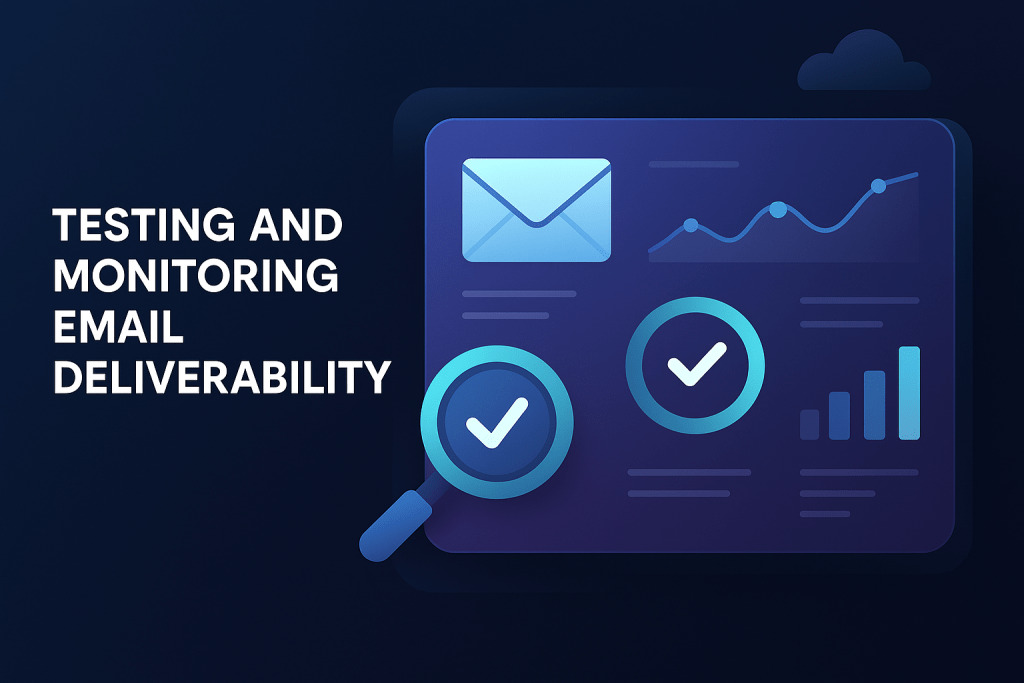
To guarantee that your marketing emails reach their intended recipients, testing and monitoring email deliverability is essential. This process involves using various tools and practices to ensure your emails bypass spam filters and land in the inbox.
Deliverability Testing Tools
Utilizing deliverability testing tools is a crucial step in identifying potential issues before they affect your campaigns. These tools help in assessing how different email service providers (ESPs) and spam filters treat your emails.
Seed List Testing
Seed list testing involves sending emails to a controlled list of addresses across various ESPs to gauge deliverability. This method provides insights into how your emails are being received across different platforms.
Spam Filter Testing Services
Spam filter testing services analyze your emails against various spam filters to predict their likelihood of being flagged as spam. This proactive approach helps in making necessary adjustments to improve deliverability.
Ongoing Monitoring Practices
Ongoing monitoring is vital to maintaining high deliverability rates. It involves tracking key metrics and setting up alerts to notify you of any potential issues.
Key Metrics to Track
Key metrics include delivery rates, open rates, click-through rates, and complaint rates. Monitoring these metrics helps in identifying trends and areas for improvement.
| Metric | Description | Importance |
|---|---|---|
| Delivery Rate | Percentage of emails successfully delivered | High |
| Open Rate | Percentage of delivered emails opened | Medium |
| Complaint Rate | Percentage of recipients marking emails as spam | High |
Setting Up Deliverability Alerts
Setting up deliverability alerts helps in promptly addressing issues such as sudden drops in delivery rates or spikes in complaint rates. This proactive approach is crucial for monitoring sender reputation and managing spam complaint management effectively.
“The key to successful email marketing is not just in sending emails, but in ensuring they are delivered and engaged with.”
— Email Marketing Expert
Conclusion: Maintaining Long-Term Email Deliverability Success
Ensuring that your marketing emails reach their intended recipients is crucial for the success of your campaigns. By implementing the strategies and best practices outlined in this article, you can significantly reduce the likelihood of your emails landing in spam folders and improve overall deliverability.
Effective marketing email land on spam solutions involve a combination of technical, content-based, and list hygiene practices. By understanding how spam filters work and taking steps to authenticate your emails, optimize your content, and maintain a strong sender reputation, you can improve your email deliverability rates.
Long-term email deliverability success requires ongoing monitoring and maintenance. Regularly testing and refining your email campaigns will help you stay ahead of evolving spam filters and ensure that your messages continue to reach your target audience.
By following the guidelines and best practices discussed, you can develop a robust email marketing strategy that drives engagement and conversion while minimizing the risk of your emails being flagged as spam.
FAQ
What are the most common reasons marketing emails end up in spam folders?
Common reasons include technical triggers such as poor server configuration and content-related triggers like using spammy keywords or having an unbalanced text-to-image ratio.
How can I improve my email deliverability?
Improving email deliverability involves implementing technical best practices like using dedicated IP addresses, setting up proper email infrastructure, and authenticating your emails with SPF, DKIM, and DMARC.
What is the importance of list hygiene in email marketing?
List hygiene is crucial as it involves regularly cleaning your subscriber list to remove inactive or non-existent addresses, thereby reducing bounce rates and improving overall deliverability.
How do spam filters analyze email content?
Spam filters analyze email content using mechanisms like keyword analysis and HTML structure evaluation to determine if the email is spam or legitimate.
What role does sender reputation play in email deliverability?
Sender reputation is vital as it influences how email service providers treat your emails. A good sender reputation is built by maintaining consistent sending patterns, warming up new IP addresses, and avoiding spam complaints.
How can I avoid having my emails marked as spam?
To avoid being marked as spam, focus on creating engaging, relevant content, use clear and concise subject lines, and ensure your emails are properly authenticated.
What are some strategies for reducing email bounce rates?
Strategies include handling hard bounces by immediate removal, analyzing bounces for prevention, and addressing soft bounces with retry strategies and timely removal.
How often should I monitor my email deliverability metrics?
It’s essential to regularly monitor key metrics such as open rates, click-through rates, bounce rates, and spam complaints to identify and address deliverability issues promptly.
Can using a dedicated IP address improve my email deliverability?
Yes, using a dedicated IP address can improve deliverability as it allows you to control your sending reputation without being affected by others’ sending practices.
What is the benefit of implementing double opt-in for my email list?
Implementing double opt-in ensures that subscribers genuinely want to receive your emails, reducing the risk of spam complaints and improving engagement.

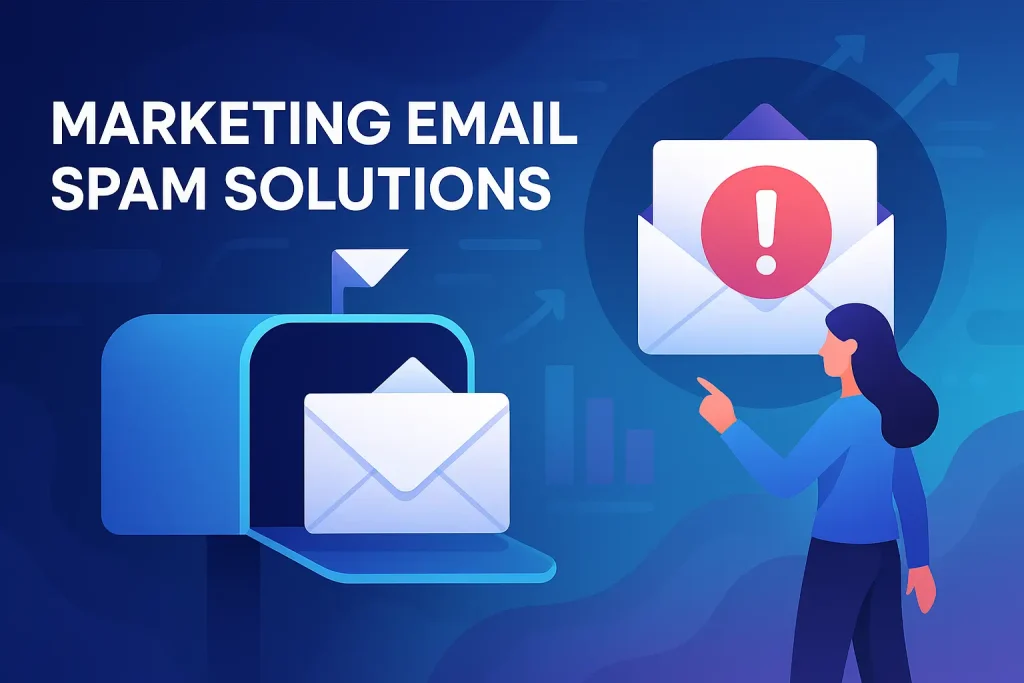
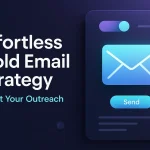
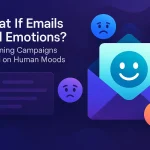
The part about content-related triggers is spot on. People don’t realize how certain words or phrases can trigger spam filters. Crafting well-thought-out copy is just as important as the technical setup.
The best part of this post is how it covers both technical and content-based solutions. A comprehensive approach to improving deliverability really seems to make a difference, especially when combining good practices like email design and proper server configurations.
I really appreciate the breakdown of technical vs. content-based spam triggers—it’s easy to overlook how something as simple as poor HTML structure can hurt deliverability. The SPF and DKIM setup tips are particularly helpful for those of us managing small campaigns without IT support.
This post does a great job highlighting how both technical and content issues impact deliverability. I’ve also noticed that consistent low open rates can hurt future campaigns, so it’s essential to keep content engaging and relevant. Thanks for breaking it down so clearly!